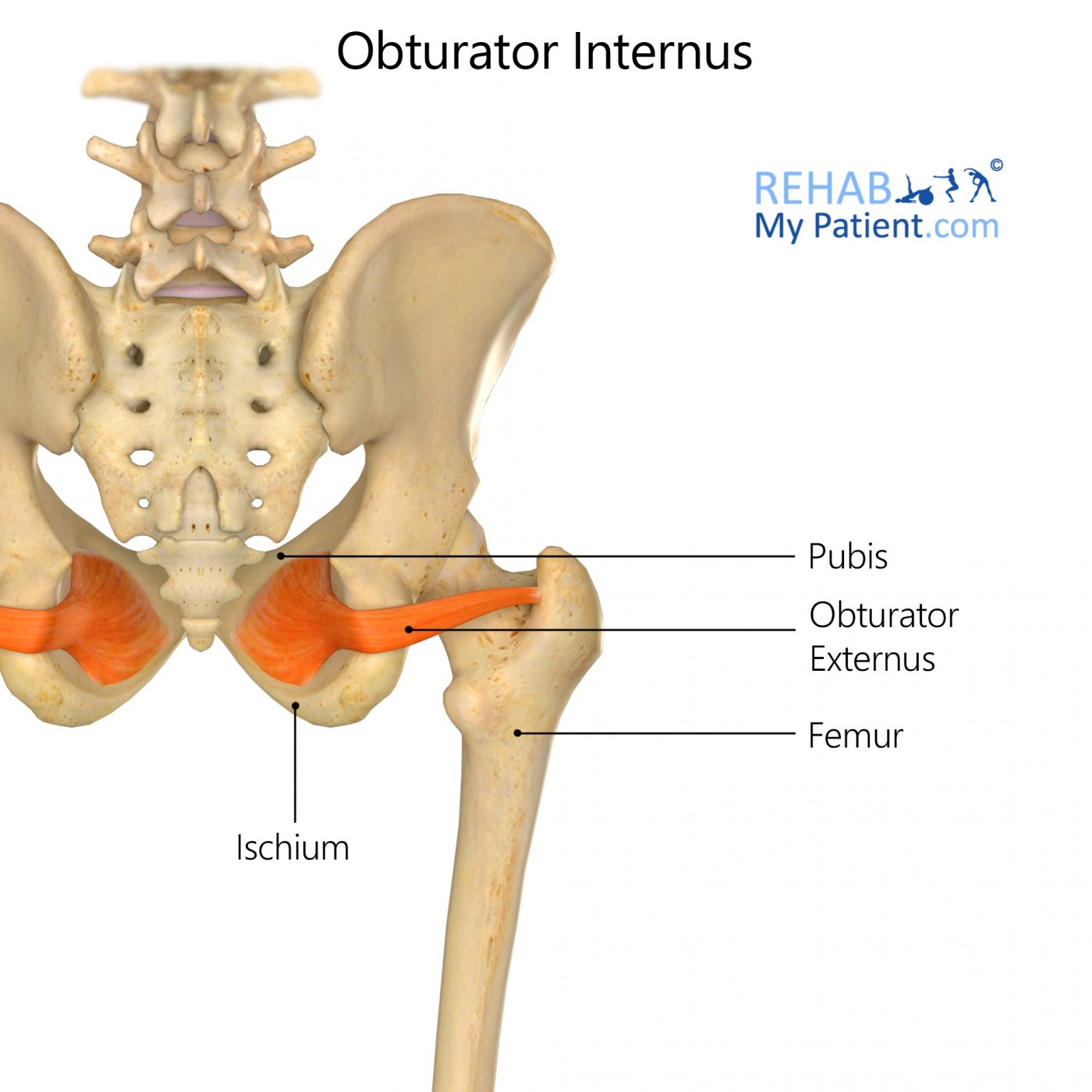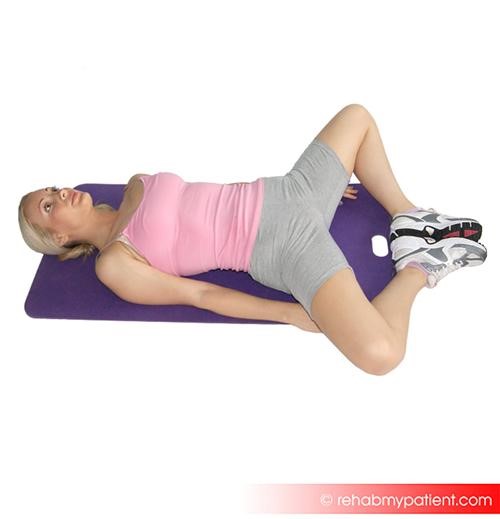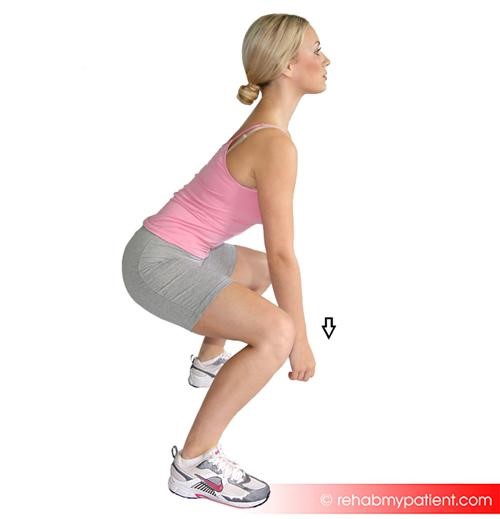Obturator Internus (hip)
Posted on 29th Jul 2020 / Published in: Hip

General information
Obturator internus is a hip joint muscle – part of the deep hip rotator group.
Literal meaning
The internal or middle muscle that occludes.
Interesting information
Obturator internus is a muscle that is situated deep to gluteus maximus, gluteus minimus, and gluteus medius in the gluteal region. It is one of six deep lateral hip rotators which aid in hip stabilization and movement when walking, running, and standing.
Due to its function as a hip stabilizer, obturator internus is essential for preventing serious injury or strain during physical activity requiring hip movement. The muscle cannot be isolated for stretching and exercise because it is structurally attached to a number of other hip muscles. Therefore, strengthening obturator internus involves targeting the hip and gluteal muscles in general to activate the entire muscle region.
Pelvic myoneuropathy, or pelvic pain, may be indicative of injury to obturator internus or its surrounding structures. Because obturator internus commonly has an insertion point on the pelvic bone and can affect the urethra, pain in this muscle can easily be confused with menstrual cramping in women or prostatitis in men. Since pelvic myoneuropathy can have a wide range of causes including kyphosis, lordosis, and sciatic nerve damage, it is important that a physician or physiotherapist complete a thorough physical examination to determine the root of the pain.
Origin
The obturator membrane (internal surface) and surrounding bone of the pelvis.
Insertion
The greater trochanter of the femur (anteriorly).
Function
Laterally rotates the hip joint and aids in abduction of flexed thigh.
Nerve supply
Nerve to obturator internus (L5, S1, S2).
Blood supply
Inferior gluteal artery.

Relevant research
Injury to obturator internus can be difficult to diagnose due to the fact that it is easily obscured by piriformis syndrome. Careful attention to clinical symptoms as well as use of selective injection techniques may aid more precise diagnosis.
Dalmau-Carolà J. (2005). “Myofascial pain syndrome affecting the piriformis and the obturator internus muscle”. Pain Pract. 5(4):361-3.
Lumbopelvic-femoral abnormalities (including irregularities in obturator internus) are frequent and can cause debilitating respiratory impairment. Physical therapists and athletic trainers may elect to use an exercise technique known as The Right Sidelying Respiratory Left Adductor Pull Back to relieve associated symptoms. Several published studies have shown the efficacy of this exercise in relieving pain and functional impairment in patients.
Boyle KL. (2013). “Clinical application of the right sidelying respiratory left adductor pull back exercise”. Int J Sports Phys Ther. 8(3):349-58.
Obturator internus exercises

Supine frog stretch
Lay on your back with your legs extended and your arms at your sides. Bring the soles of your feet together and pull your heels as close to your groin as possible without causing pain. Hold the stretch as you breathe deeply for several minutes. Then bring your knees together and up which will push your feet to the floor and hold that position for ten seconds. Lower your knees and extend your legs to repeat the exercise. Complete a total of ten repetitions.

Squats
Any exercise that focuses on your lower body strength and stability will be beneficial to hip rotators like obturator internus. Stand with your feet shoulder width apart and your spine well aligned with your hips and knees. Slowly lower yourself as if you were sitting in a chair while extending your arms in front of you for balance. Try to reach a point where your knees are directly over your feet and your thighs are parallel with the floor. Pause in this position for a few seconds then return to standing. Repeat three sets of ten reps.
Sign UP
Sign up for your free trial now!
Get started with Rehab My Patient today and revolutionize your exercise prescription process for effective rehabilitation.
Start Your 14-Day Free Trial